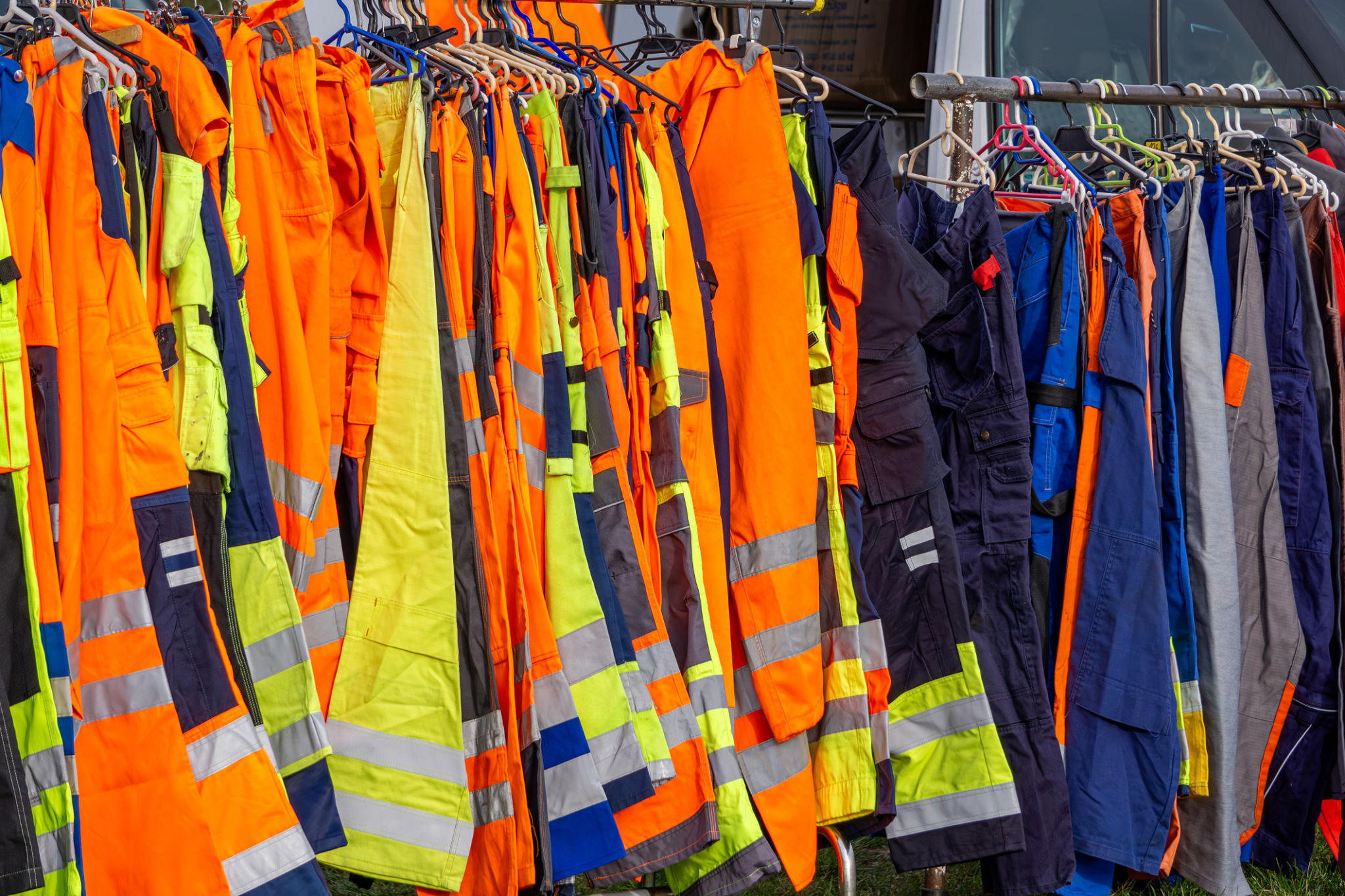The Ultimate Guide to Power Washing Your Home Exterior
Introduction to Power Washing
Power washing, also known as pressure washing, is an effective way to clean the exterior of your home. Over time, dirt, grime, mold, and mildew can build up, detracting from your home's curb appeal and potentially causing damage. With the right techniques and equipment, you can restore the beauty of your home's exterior.
Before you start, it's important to understand the basics of power washing, including the differences between power washing and pressure washing, the types of equipment available, and safety precautions. This guide will walk you through everything you need to know to get started.

Choosing the Right Equipment
When it comes to power washing, selecting the right equipment is crucial. There are several types of power washers, ranging from electric to gas-powered models. Electric power washers are suitable for lighter tasks and are typically more affordable and easier to use. On the other hand, gas-powered washers offer more power and are ideal for larger jobs.
Consider the pressure output, measured in PSI (pounds per square inch), and the flow rate, measured in GPM (gallons per minute), when choosing your equipment. A combination of high PSI and GPM ensures efficient cleaning. For most home exterior surfaces, a washer with 2000-3000 PSI and 2.5 GPM is recommended.

Preparing Your Home for Power Washing
Preparation is key to a successful power washing session. Start by removing any obstacles around your home, such as outdoor furniture, potted plants, and decorations. Ensure all doors and windows are closed tightly to prevent water from entering your home.
It's also essential to protect any delicate surfaces or fixtures by covering them with plastic sheeting or tarps. Check for any areas that may need repairs, such as loose siding or damaged paint, as power washing can exacerbate existing damage.
Safety Precautions
Safety should always be a top priority when power washing. Wear protective gear such as goggles, gloves, and non-slip shoes. Be cautious of your surroundings, especially when using a ladder or working at heights. Always point the nozzle away from yourself and others, and never direct the spray at fragile surfaces.

Power Washing Techniques
Once you're ready to start power washing, it's important to use the correct technique to avoid damage. Begin by testing the pressure on a small, inconspicuous area to ensure it won't harm the surface. Hold the nozzle at a 45-degree angle and maintain a consistent distance from the surface, typically around 6-12 inches.
Use sweeping motions to ensure even cleaning and avoid focusing on one spot for too long. For stubborn stains or heavily soiled areas, consider using a detergent specifically designed for power washing. Apply the detergent with a low-pressure nozzle and let it sit for a few minutes before rinsing it off with high pressure.
Caring for Your Power Washer
Proper maintenance of your power washer will extend its lifespan and ensure optimal performance. After each use, rinse out any detergent and debris from the machine. Store it in a dry location to prevent rust and corrosion.
Regularly check hoses, nozzles, and connections for wear and tear. Replace any damaged parts promptly to avoid leaks or malfunctions during future cleaning sessions. By taking care of your equipment, you'll be ready for your next power washing project with confidence.

Conclusion
Power washing your home's exterior is an effective way to maintain its appearance and protect it from damage. By following this ultimate guide, you'll be equipped with the knowledge and skills needed to safely and effectively clean your home. Whether you're preparing for a special occasion or simply want to enhance your home's curb appeal, power washing is a valuable tool in your home maintenance arsenal.
